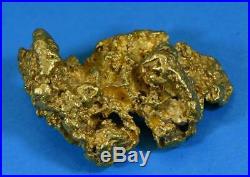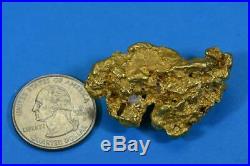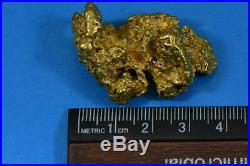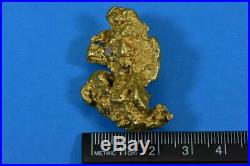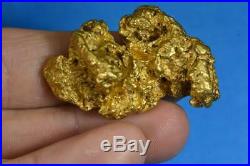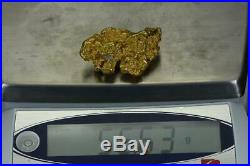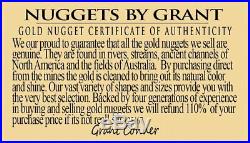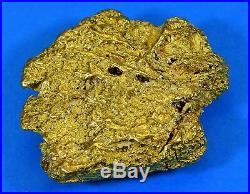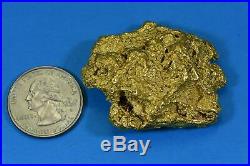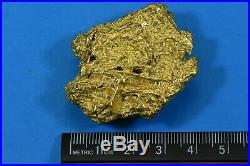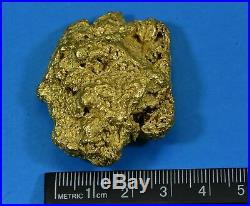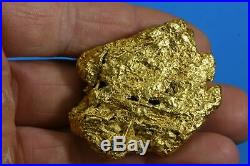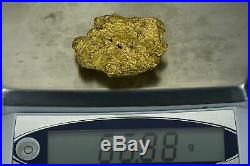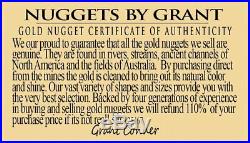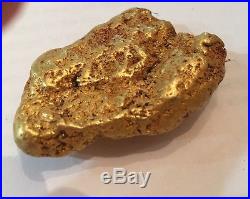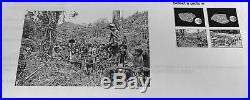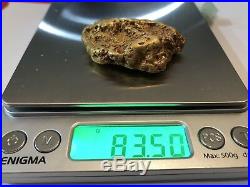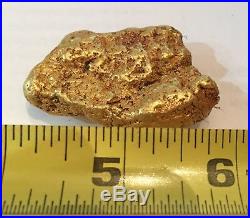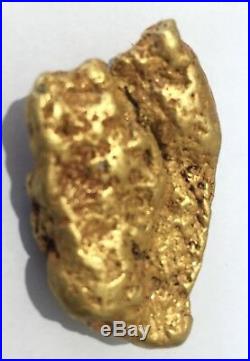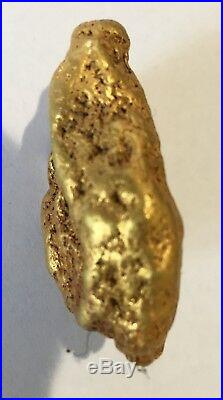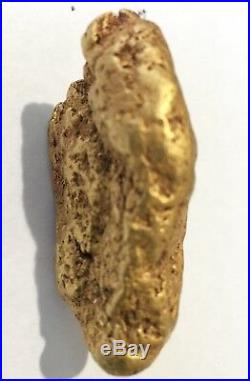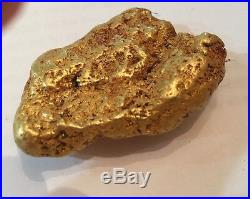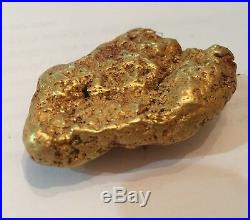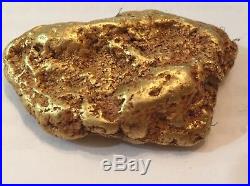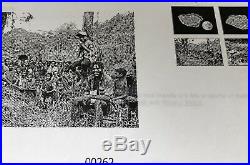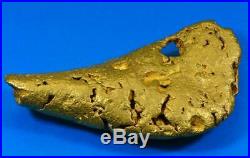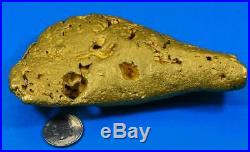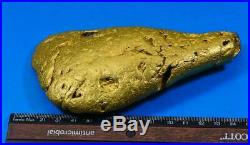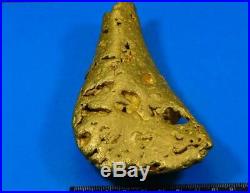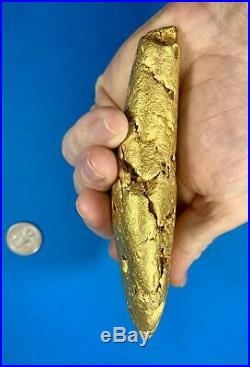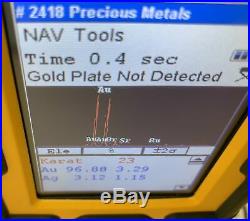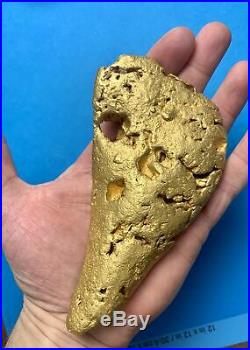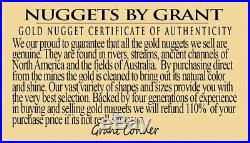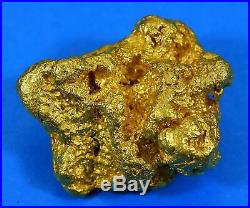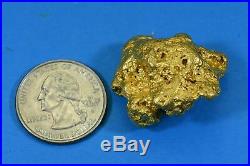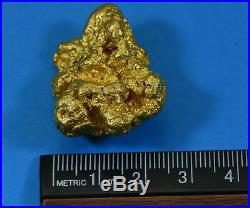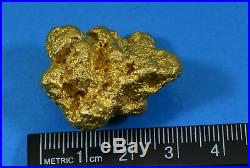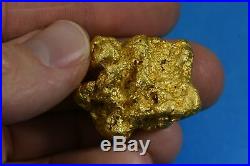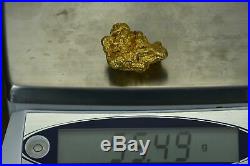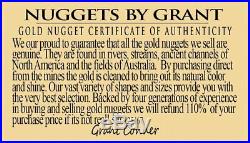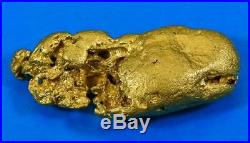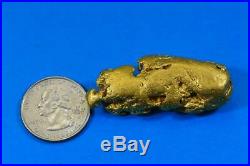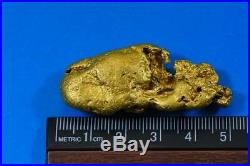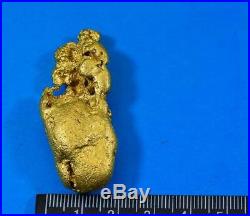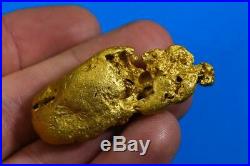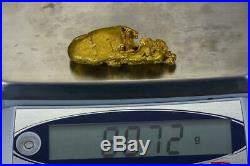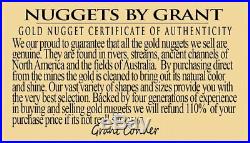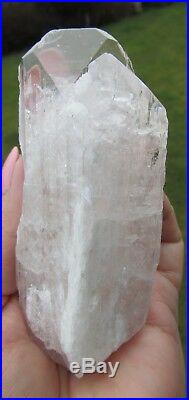
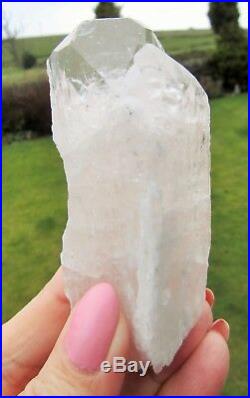
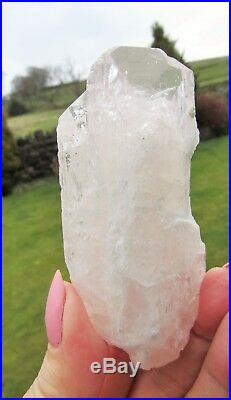
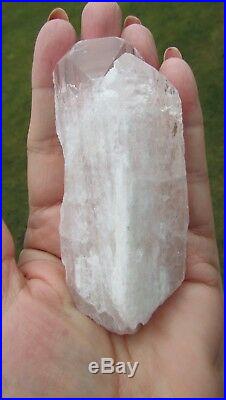
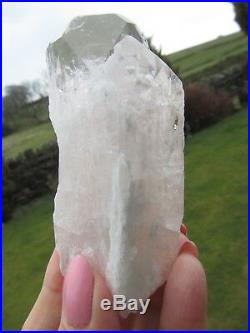
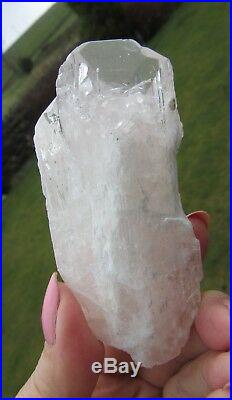

Thank you for visiting Lightworkers Paradise; first just a little bit about me to introduce myself. My name is Lynn Wilkinson. Efore I package up your precious Gemstone. I will personally attune each and every one to the. And it will come fully energised with the beautiful Reiki energy. For you to absorb and benefit from its individual properties. The gemstone/crystal on the photographs is the one you will receive. Please see my other beautiful crystals I have listed. Danburite Natural Pink Twin Very Large Crystal Rare True Collectors Crystal From Mexico. It weighs 180g and measures 105mm x 48mm x 33 deep. Each and every crystal has its own purpose and story. My hope is to provide you with a crystal that will help you on your own journey to illuminate your soul. A stunning example of a twin Mexican natural pink Danburite. Very powerful and high vibrational crystal not for the faint hearted! It is a pure delight to hold and work with in meditation. This point has been cleansed, tuned and energised by using my singing bowl and placing outside under the full moon and early morning sunshine. All my crystals are hand picked for their beauty, rarity and qualities for you to enjoy. They all emit a lovely energy of their own, you won’t be disappointed. Please feel free to ask me any questions you may have before purchasing. His Mexican Danburite is no exception. One of the highest vibration minerals currently found, Danburite connects the heart of the mind with the mind of the heart. Highly spiritual and sought after for its metaphysical properties, Danburite is a powerful Heart Chakra stone, relieving emotional pain and increasing acceptance of ones self and of others. Danburite will help you to let your light shine. The pure love energy of Danburite brings serenity and peace. Gentle yet powerful, Danburite also works with the Third Eye and Crown Chakras. Danburite stimulates the Higher Crown Chakras, connecting the Heart to these Higher Chakras, and aids in communication with Angels and Guides. Danburite is a good stone to have around during times of extreme change, and eases the transition of those leaving the physical human form. Danburite can help heal old deep wounds, as well as clear past Karma. A piece of Danburite in your pocket can ease stress and bring calm in difficult situations. Danburite is a good choice for anyone who is highly focused in the mental body (like academics and engineers), opening the heart and easing reconnection and balance with the emotional body. The item “Danburite Natural Pink Twin Very Large Crystal 180g Mexico 105mm x 48mm Rare” is in sale since Wednesday, March 28, 2018. This item is in the category “Collectables\Rocks, Fossils & Minerals\Crystals”. The seller is “lightworkersparadise” and is located in Bradford, West Yorkshire. This item can be shipped to United Kingdom, Antigua and barbuda, Austria, Belgium, Bulgaria, Croatia, Cyprus, Czech republic, Denmark, Estonia, Finland, France, Germany, Greece, Hungary, Ireland, Italy, Latvia, Lithuania, Luxembourg, Malta, Netherlands, Poland, Portugal, Romania, Slovakia, Slovenia, Spain, Sweden, Australia, United States, Canada, Japan, New Zealand, Hong Kong, Norway, Indonesia, Malaysia, Mexico, Singapore, South Korea, Switzerland, Bangladesh, Belize, Bermuda, Bolivia, Barbados, Brunei darussalam, Cayman islands, Dominica, Ecuador, Egypt, Guernsey, Gibraltar, Guadeloupe, Grenada, French guiana, Iceland, Jersey, Jordan, Cambodia, Saint kitts and nevis, Saint lucia, Liechtenstein, Sri lanka, Macao, Monaco, Maldives, Montserrat, Martinique, Nicaragua, Oman, Pakistan, Peru, Paraguay, Reunion, Turks and caicos islands, Aruba, Saudi arabia, South africa, United arab emirates, Chile.
- Shape: Natural
- Sub-Type: Danburite
- Country/Region of Manufacture: Mexico
- Finish: Unpolished
- Type: Minerals// Crystals




